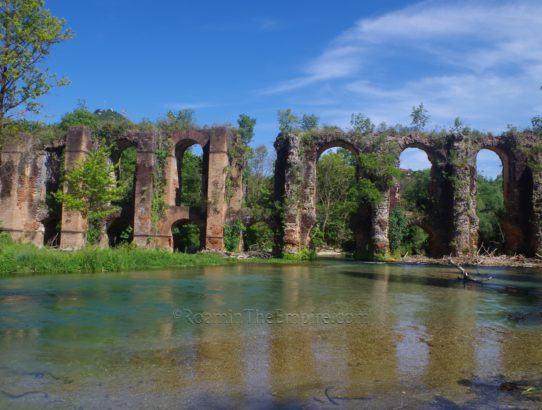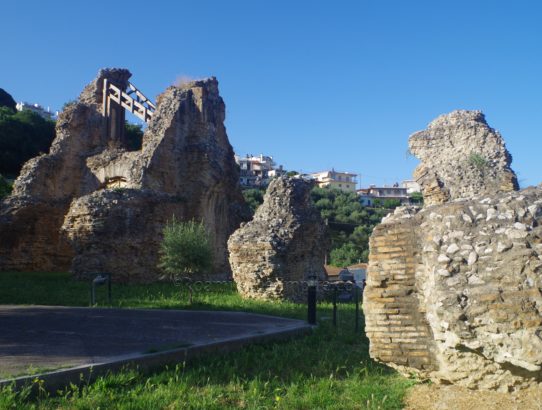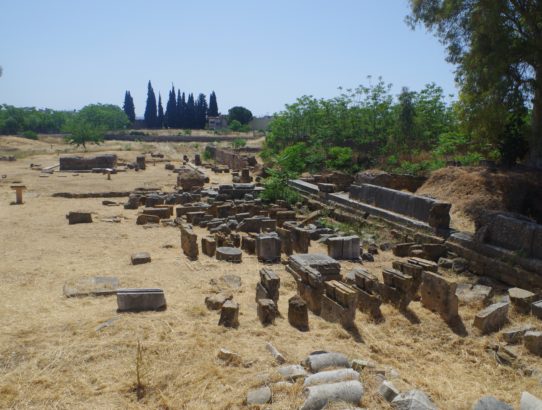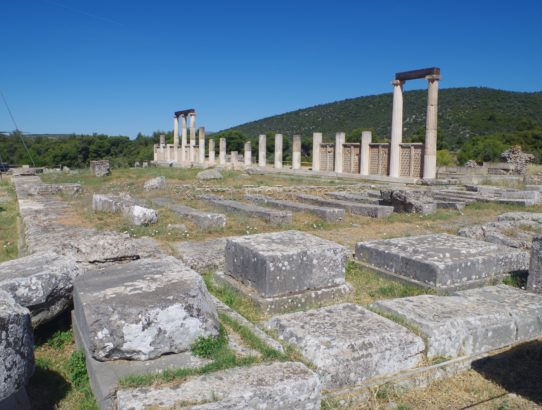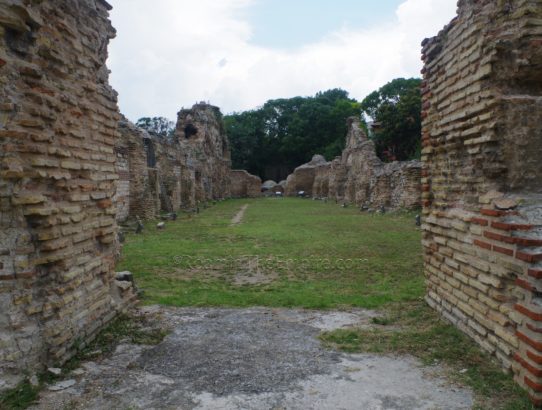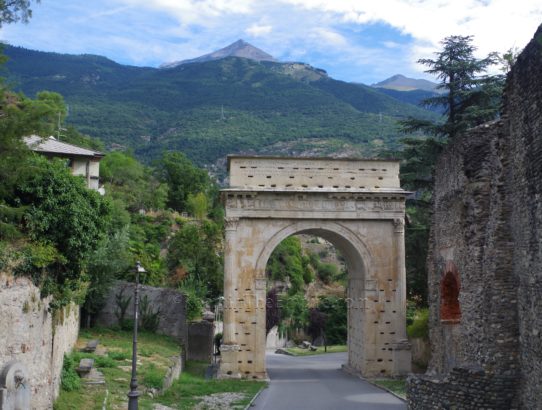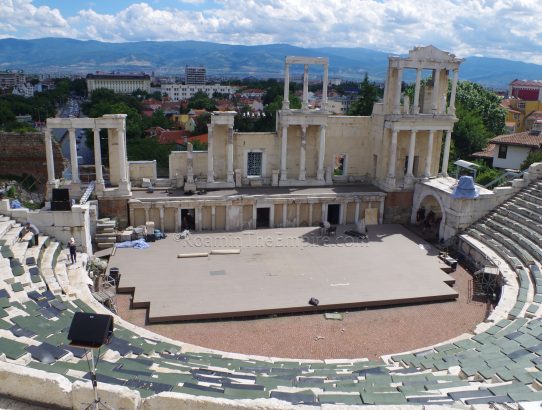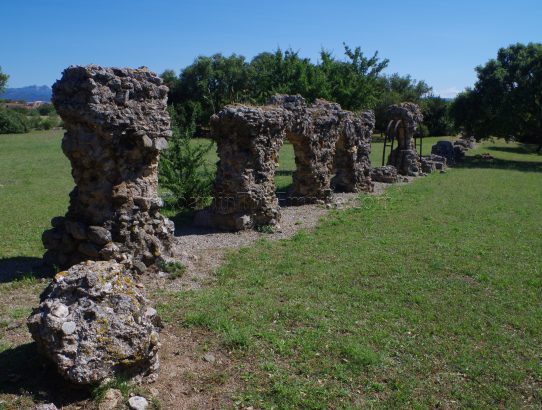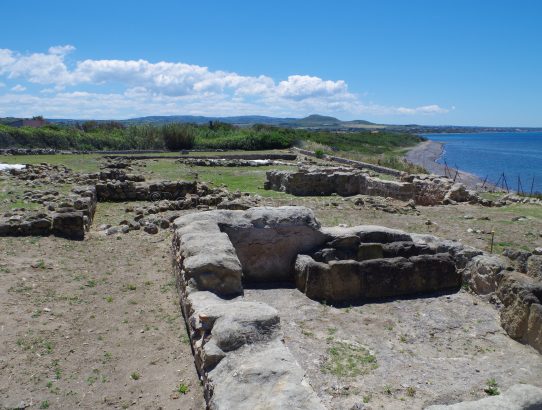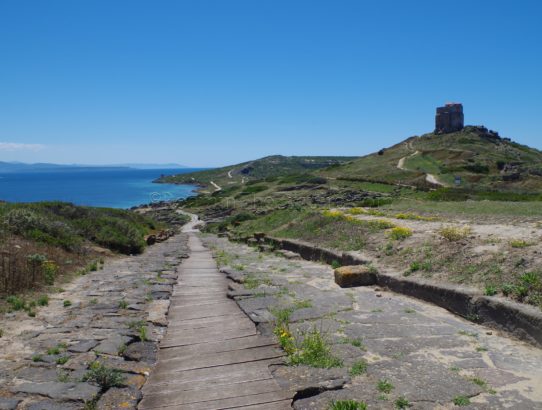Nicopolis Aqueduct, Epirus
Most Recent Visit: May 2021 In the first years of its founding, the water needs of Nicopolis were largely met by the construction of wells and the harnessing of local springs, one near the northern necropolis of the city that no longer runs, and one in the area of the nymphaeum of the Domus of…
Read More


